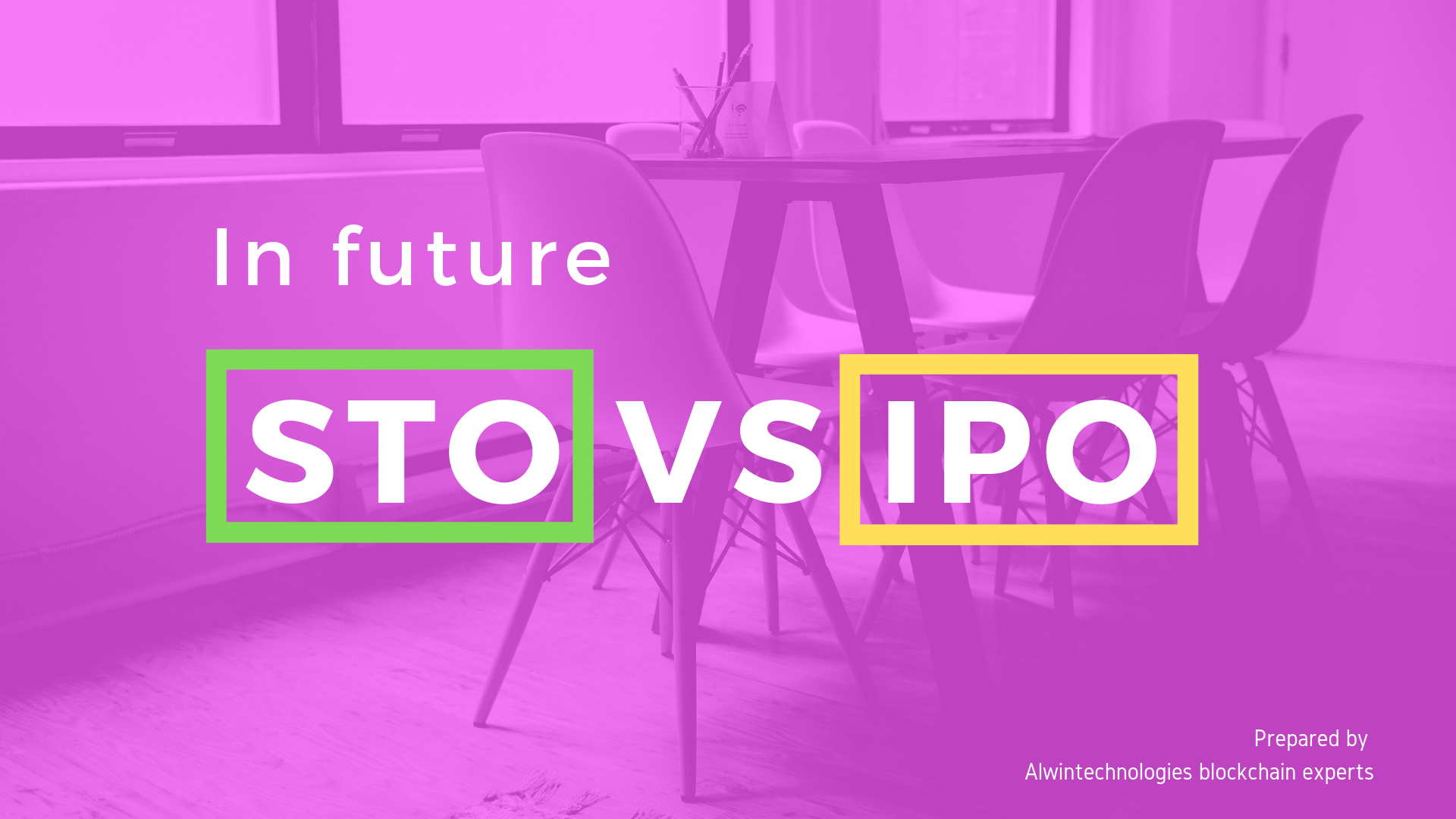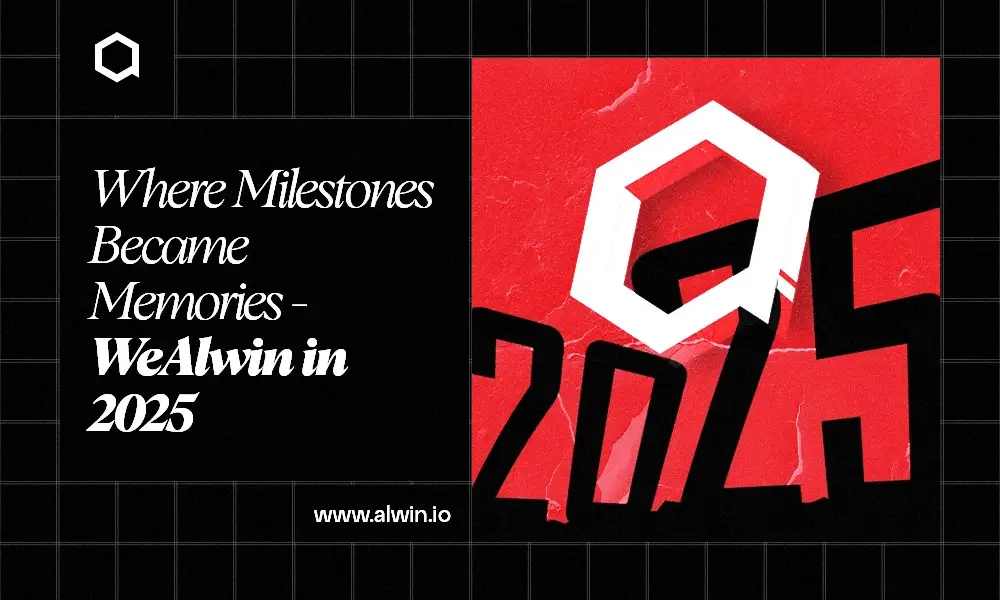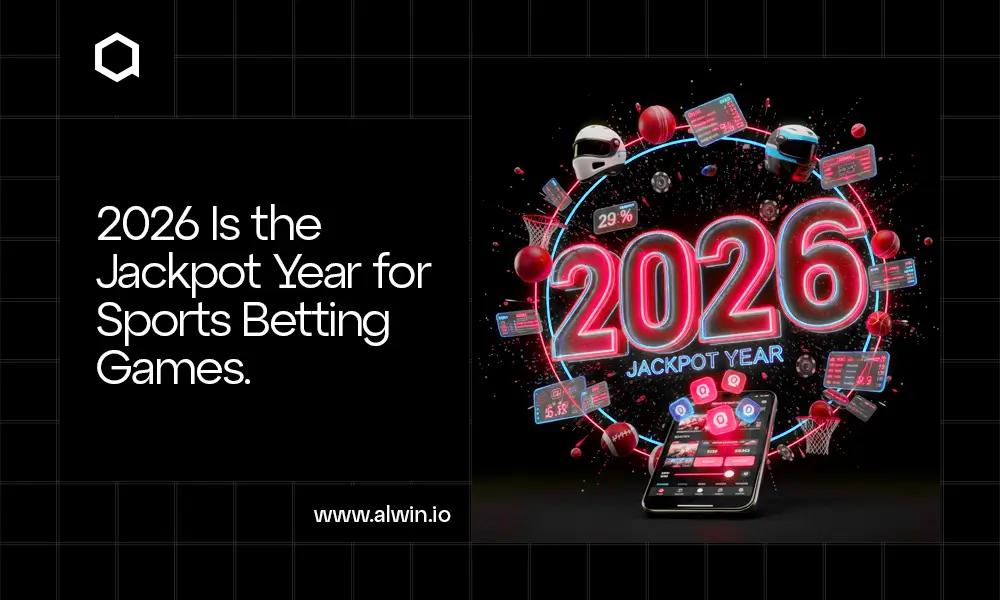William Shakespeare once said
“What's in a name? That which we call a rose by any other name would smell as sweet”
This is not the case when it comes to money market and finance, utility of each and everything changes with name.
STO (Security Token Offering) looks very similar to IPO (Initial Public Offer), but that is not the true case. Though, they both serve the purpose of raising money, still when seen from different angles they don’t share everything. They are terribly different from each other. Now we must focus on points where they don’t enjoy the same ride.
What’s in the bag?
They part their ways starting from what they offer. STOs on one hand, offers tokens, while IPO on the other hands has shares to offer. Security tokens represent underlying security while share represents a company. Though, they are many a time, seen interchangeably, but actually they are not. STO tokenizes the existing assets/security while IPO create new security.
As in Security Token Offer (STO) tokenization takes place through which money is collected. Therefore, to bring STO, it is not must to incorporate a company. The exemption from being a company applies if the token issue is below the specified limits and/or issued under exemption limit and/or number of investors are under specified limit. On the other hand, share is the part of a company’s capital. So, in order to issue share, it’s must to incorporate a company.
About Milestone :
To bring STOs, no milestone is required to be achieved. There are few regulations that are to be met and one can easily bring STO. But this is not the case with IPO. For IPO, in addition to being a company, there are milestones that are to be achieved. A company needs investment bank, a good management, audited financial history, renowned board of directors, good reputation of owner and company itself. In STO, if regulations are met, one can easily use online available resources and services to bring STO.
In STO, tokens are issued which involves tokenization thereby allowing part ownership. Tokens allow having fractional ownership of any of the assets which are being tokenized which means a person while owning tokens can gain fractional ownership in a house, car or any other underlying asset. While subscribing to an IPO, one contributes to the capital of the company and gains ownership in the company and not in any particular asset of the company.
While bringing STO, the issuers have all the right and can decide what the underlying asset will, which means they have full rights to decide about the asset they are going to tokenize. Also, there are no regulations and guidelines which abide or restrict the issuers to select any particular asset. This is not the case with IPO. In IPO, only shares can be issued and capital fund can be build out of it. A company issuing shares or bringing IPO has nothing to decide.
The major difference between STO and IPO is the cost involved. how much ?
As we know, to bring IPO, we not only need to meet regulations but a full-fledged working company as well. Apart from this, there are many other requirements as well like legal opinion, documentation, banking & underwriting services which end up in hefty cost.
While bringing STO is way cheaper as there are services available, which not only take care of the compliance but also supports by providing facilities related to legal issues and every other formalities that too at a reasonable cost. Polymath is one such example.
There are no geographical limitations in the case of STOs.
One can purchase tokens being issued by a company in US sitting in India, without being involved in a tiring process of international transaction. This is not the case with IPO, they are totally dependent on the local laws and regulation. Participating in foreign IPO requires a person to abide by the laws of that particular country. Even if the country allows international trading, it requires huge amount to be incurred, cumbersome process to be followed, and cross-country risk to be borne. On the contrary STOs not bounded by geo locations, are more liquid and can bring more funds than IPOs.
STOs are programmed :
Everything right from the infrastructure, working, pricing and movement of values is decided by programming it. The issuer decides everything – what will be the structure, how tokens will be gaining value and all other sorts of criteria can be programmed while issuing STO. Even issuers have the right to whitelist/blacklist which is not guided by any regulation.
On the other hand, in IPO, everything is guided by set of rules and regulatory framework. The companies do not have authority or right to decide things like – valuation or future working of shares. In STO there is a need to create a smart contract defining each aspect of token and end everything related to it, a totally different scenario from IPO.
IPOs are less technologically advanced as compared to STO.
IPO requires less technological involvement. It involves transfer and register maintenance mechanism, which can be altered. On the other hand, STOs require blockchain to be deployed and everything goes online, alteration is not possible in the case of blockchain as those are shared ledgers. Maintaining every data on it assures that there is no breach of data, thereby bringing more transparency in the system.
IPO requires demat account and broker to undertake things while STO requires wallet address. While IPOs require much more human interference making a greater scope of error; STOs using DLT technology removes much of the interference saving time and making things almost error free.
STO allows issuing unique tokens or in other way we may call it non-fungible tokens. This means that every token issued will have its own unique identity and can’t be compared to any other token on the network but IPO lacks this feature. In IPO, shares are issued which are fungible in nature – having same identity and are interchangeable in nature.
Difference Between These Two Offerings – Money Involved :
STO involves use of crypto currency whereas IPO involves use of fiat currency. Even if one is paying fiat currency to purchase token in STO, it is imperative to get it converted into crypto-currency. Here comes a tricky situation. We may sometimes pay more and get less or vice versa due to volatile nature of cryptocurrency. This also affects future reliability and makes tracking tokens a complex scenario, as it requires tracking of crypto-currency as well along with tracking of tokens. Latter one is not that complex.
Example: -
Person X planned to buy 2 tokens named ABX using crypto coin ONG, where 1 token = 1 ONG. He paid US$1000 to buy token which got converted into ONG and eventually he bought less tokens as price of ONG surged. At some point Mr X decided to sell but he was incurring a huge loss, as the token ABX is now worth 4 ONG , but prices of ONG dipped so much that he would be getting only US$ 500 after conversion.
The end result of STOs is listed on privately owned and operated exchanges. While the end results of IPO, i.e. shares is listed on government owned exchanges which are far more stable and regulated thereby bringing a sigh of relief in the mind of owners.
In addition to this, shares are being held in demat account whereas tokens are forwarded to wallet addresses, which are again privately held and managed. There are instances where hackers got a crack to those wallets and committed crime. Thus, cyber security is much of need while bringing STO as compared to IPO. ERC20 based tokens’ smart contracts failed to handle specific request resulted in loss through burning of tokens is one such example of flaw.
STOs are different from IPOs in the manner they both are marketed.
STOs require techniques like community management, influencer marketing, social media management, brand design and content creation which is modern forms of marketing as compared to IPO marketing which stills involves paper, magazine and electronic ads.
“It’s the framework which changes with each new technology and not just the picture within the frame”
– Marshall McLuhan
I hope that now you have a much more realistic view of security token offering. By taking a more objective and realistic approach to STO, you’ll be able to make an action plan that will meet your fundraising goals.
Remember: You can find out exactly what you need to do in order to fundraising way by taking the approach with proper business consultation. We’ve cleared up the confusion surrounding these STO development works, but there are a lot more business myths out there!



